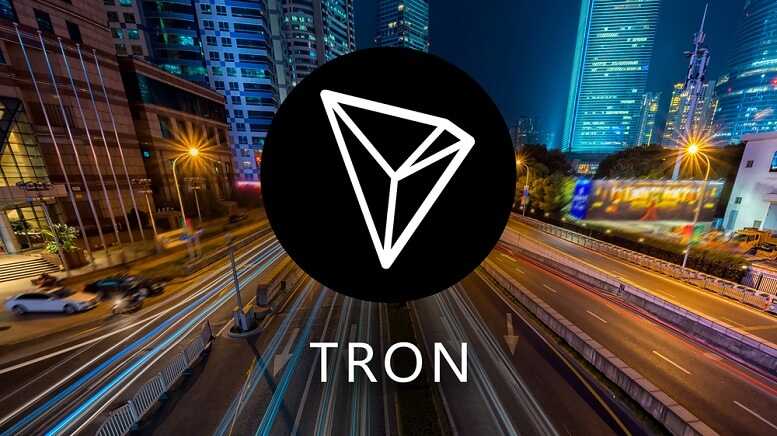The latest consumer price index (CPI) data released for August shows a continued slowdown in inflation growth, and this could signal more upside for the cryptocurrency market. As inflation nears the Federal Reserve’s 2% target, traders are becoming increasingly optimistic about future rate cuts, which could lead to long-term rallies in risk assets like Bitcoin and Ethereum. In this article, we explore the inflation impact on crypto markets and why slowing inflation could drive prices higher.
Inflation Continues to Cool in August
The U.S. Bureau of Labor Statistics (BLS) reported that headline inflation growth in August dropped to 2.5% from July’s 2.9%, marking the lowest level since March 2021. This decrease suggests that the Federal Reserve is making progress toward its inflation target of 2%, and it comes at a crucial time, just ahead of the Fed’s September 17-18 policy meeting. With other economic indicators, such as the Beige Book survey and weak employment growth numbers, pointing toward slower growth, the case for Federal Reserve rate cuts is strengthening.
If inflation continues to cool, it could encourage a more dovish stance from the central bank. A potential rate cut could be as much as 50 basis points, and that would support an accommodative economic environment. Lower interest rates reduce the cost of borrowing, weaken the dollar, and make risk-on assets like crypto more appealing. This positions the crypto market for growth as the economic conditions become more favorable for investment in riskier assets.
Impact of Inflation on Crypto Prices
Bitcoin and Ethereum are among the most closely watched cryptocurrencies, and their prices are often influenced by macroeconomic factors such as inflation and interest rates. When inflation is high, central banks tend to raise interest rates, which makes risk assets like crypto less attractive. However, as inflation falls and the possibility of rate cuts increases, traders are anticipating a rally in digital assets.
As Scott Garliss pointed out, “Slowing inflation could be good news for crypto,” particularly as rate cuts drive demand for assets like Bitcoin and Ethereum. The decline in inflation growth for August further strengthens the case for long-term rallies in the crypto market.
Regional Manufacturing Data and CPI Forecast
Another important indicator of inflation trends is the regional manufacturing data compiled by various Federal Reserve Banks, such as Dallas, Kansas City, New York, and Philadelphia. These surveys track key economic activities like new orders, backlog, inventories, and prices received. The “prices received” reading is crucial because it provides an early look at what manufacturers are charging for their goods, offering a glimpse of where inflation might be heading before the official CPI numbers are released.
In August, the prices received data suggested that inflation growth would continue to slow, which was confirmed by the CPI report. As prices ease across various sectors, this signals that inflation is likely to stabilize or decline further in the coming months. This trend supports the argument that inflation is no longer a significant threat to economic growth, clearing the path for rate cuts and, in turn, a potential rise in crypto prices.
Gas Prices and Their Effect on Inflation
One of the most telling factors in the August inflation data was the drop in gas prices. According to the U.S. Energy Information Administration (EIA), the average price for a gallon of gasoline fell to $3.51 in August, down from $3.60 in July, and significantly lower than the $3.95 average from August 2023. This 11% year-over-year drop in gas prices is an important signal for inflation because energy costs make up a considerable portion of the CPI.
As gas prices fall, so does the headline CPI, which further supports the case for a reduction in interest rates. This could lead to a weaker dollar, which tends to benefit assets priced in dollars, such as Bitcoin and Ethereum. The correlation between gas prices and inflation suggests that as fuel costs continue to drop, inflation will ease even further, creating a favorable environment for crypto-based investments.
Crypto Market Outlook
As inflation slows and the likelihood of rate cuts grows, the crypto market is positioned to benefit from increased investor interest in riskier assets. With Bitcoin currently trading at $56,954, the potential for further upside is strong. Ethereum, while slightly down 0.1% over the past 24 hours, is trading at $2,335 and remains well-positioned to benefit from any positive economic developments.
Experts are also bullish on the fourth quarter for Bitcoin, which has historically been one of its best-performing periods. With inflation declining and rate cuts on the horizon, traders are looking for Bitcoin and Ethereum to rally as economic conditions turn in favor of risk assets.
Conclusion: The Inflation Impact on Crypto Markets
The latest CPI data showing slowing inflation growth provides a strong signal that rate cuts are on the way, which could drive a long-term rally in the crypto market. As the Federal Reserve moves toward a more accommodative policy, Bitcoin and Ethereum stand to benefit from increased demand for risk assets. With gas prices falling and inflation nearing the Fed’s target, the future looks bright for crypto investors.
Featured Image: Freepik
Please See Disclaimer








